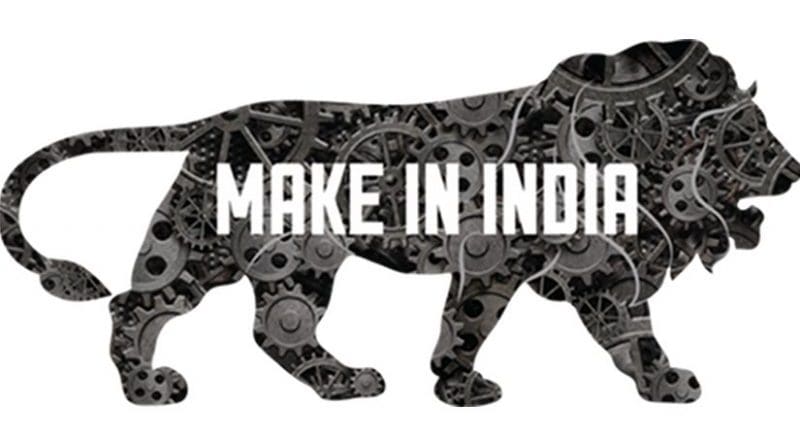Budget 2020-2021: A New Challenge To Stoke Make In India Initiative – Analsis
Economic prognosis says that Make in India lost steam. This was exemplified by Prime Minister Narendra Modi’s silence in the 72th Independence speech from the rampart of Red Fort on August 15, 2019. GDP growth plummeted. IMF forecasted a nine year slowest growth of 4.8 percent in 2019-20. Job opportunities are in doldrums. Hope from Make in India is far-fetched.
Notwithstanding, NDA’s landslide victory in Lok Sabha election in 2019 unleashed a new hope for re-building the Make in India initiative. It evoked a new vision to lead the nation to a US$5 trillion economy by 2024-25. Reading between the lines, the Budget for 2020-21 unleashed a new challenge to add steam to the initiative.
The new challenges include lobbing of protectionism and liberalization as stimuli to the domestic manufacturers, advocating a National logistic policy as a precursor to GVC ( global value chain), focusing government a principal player in enhancing investment and triggering the demand by enhancing the scope of public procurement.
Budget 2020-21 proposed rise and fall in custom duty to give both protection and stimuli to the emerging industries. It increased the custom duties where Indian entrepreneurs emerged competitive, but succumbed to low cost imports from China. Custom duties were raised on parts of mobile phones, electronic motors, toys , electric appliances and the products which are labour intensives.
At the same time, custom duties were reduced on the inputs which are facing demand-supply gap in the country and hurting Make in India initiative. It reduced duties on certain raw materials and component of auto parts, such as catalytic convertors and CBU ( Completely Built Units) for commercial vehicles.
High tariff protection should be viewed an impetus to foreign investment, particularly Chinese investment. Chinese investment surged in India during the past two years. With the custom duty imposed on smartphones in 2017, the country witnessed a gushing flow of Chinese investment. It increased by 136 percent in 2018, from US$165.2 million in 2017 to US$391.2 million in 2018. This led to a reverse impact on imports from China. In 2018, imports of smart phones from China declined sharply. It fell by over 74 percent in 2018. Thus, protectionism triggered Chinese investment, adding stimuli to Make in India initiative.
From merely two companies in 2014, the country boasts for 265 mobile phone and accessories manufacturing companies. Over 67 percent of smart phones manufactured in the country is shared by Chinese investing companies. As a result, while in 2014 over 90 percent of domestic mobile phone demand was met by imports, today, over 95 percent of domestic demand is met by indigenous production.
Why has Make in India failed to accomplish the aspiration of the country. The challenges and approaches to develop modern and traditional industries are different. While the development of modern industries embodies development of component / parts and assembly operation with technology base, coexisted in the manufacturing processes, the traditional industries warrant for natural resource base industries. For example, challenges for development of modern industries like electronics, automobile, telecommunication are different from the development of traditional industries like textiles, agro-based and handicraft industries
The campaign was made based on the existing policies. It did not offer any new fiscal incentives. Acknowledging it a Parliamentary panel said that appropriate measures should be made for the revival of capital goods industry, which is the main pillar for growth of manufacturing. It recommended for suitable subsidy to be given for the growth of capital goods industry.
GVC ( Global Value Chain) plays an important role in borderless manufacturing practices. China has been the biggest contributor to this manufacturing practices, which led to it to be the global hub for manufacturing. World Development Report by World Bank unveiled that GVC can greatly raise productivity and benefits to the investors and investee countries. It further upped the GVC ante for manufacturing that can create more jobs, accelerate economic growth and reduce poverty.
India is in the threshold of to be embedded into global manufacturing practice. GVC is an important component of this practice. Accordingly, GVC is pertinent to steer gear Make in India success. To this end, good logistic and GVC are crucial for the success of Make in India. Alas! India’s logistic is at nadir. Logistic costs are triple of China. This acts a major headwind to GVC success.
Perceiving better logistic is imperative to re-boot the Make in India, Budget 2020-21 pressed for a separate National Logistic Policy. The policy will act a debut for GVC in the country. It will clarify role of Central and State government and regulators. A single window of E- logistic will be created.
E-logistic is a process that give internet base applications of logistic , which governs everything related to marketplace. The key elements of E-logistic are multi-channel operation, cross border functionality, warehousing layout and inventories, planning and forecasting.
China, once the major hub for GVC , lost charm to the foreign investors after US- China trade war. Foreign investors in China as well Chinese investors are in the binge for relocating their factories in low cost countries in Vietnam and India. National Logistic Policy is hoped to pave the way for betterment of logistic in the country. This will likely increase India’s participation in GVC and support Make in India initiative.

